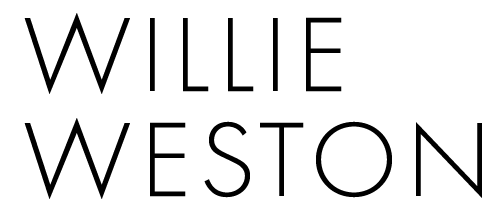Margaret Rarru: 'black is beautiful'
Margaret Rarru’s Bathi Mul (black dilly bags) on the beach of Milingimbi Island. Photo: Milingimbi Art and Culture.
This piece first appeared on The Design Files on 3 August 2017. Updated March 2024.
Margaret Rarru Garrawurra of the Liyagawumirr - Garrawurra people – or Rarru, as she’s known around her home of Milingimbi – reckons she was “a good sized yothu (kid / teenager)” when she first started to weave. Rarru sat down with her Ngama (Mother) and Mukul (aunties) and learnt to make the bathi (dilly bags) that generations of women have produced across Arnhem Land. At the time Rarru was living at the mission on Elcho Island, and was also taught coil basketry by the balanda (white) ladies there. Throughout her career, Rarru has effortlessly incorporated both these techniques into her practice.
Margaret Rarru. Photo: Milingimbi Art and Culture.
These days Rarru lives between Langarra (Howard Island) and Yurrwi (Milingimbi Island), around 400 kilometres east of Darwin. As well as being a masterful weaver, Rarru is also an acclaimed painter. In 2007 she was awarded the bark painting prize at the Telstra National Aboriginal and Torres Strait Islander Art Awards, and a number of her paintings are held in the collections of the National Gallery of Victoria and the Queensland Art Gallery.
Rarru is famous in some circles for her Madonna Bra and Madonna Bag series, inspired by Madonna’s 1980s video clips. Photo: Milingimbi Art and Culture.
When Rarru isn’t weaving she’s collecting gunga (pandanus) and balgurr (bark for making string). The gunga is stripped of its prickly edges, peeled in half, dried in the sun and dyed in a pot over a fire with roots, leaves or other natural materials, depending on the colour being created. Once dyed the gunga is dried again before it is ready to be woven. When dyed black, the gunga has a beautiful, warm charcoal tone, which is characteristic of Rarru’s incredible bathi mul (black dilly bags).
A Yothu Bathi (baby basket) by Margaret Rarru. Photo: Milingimbi Art and Culture.
Rarru has gained international recognition for her bathi mul, created with this natural dyed black gunga. These works “exemplify Rarru's outstanding understanding of form”, says Rosita Holmes, Studio Coordinator at Milingimbi Art and Culture. The bathi mul demonstrate Rarru’s sophisticated and somewhat minimalist design aesthetic, whilst being contemporary manifestations of an enduring weaving practice. Rarru says she loves making bathi mul because “black is beautiful”. We couldn’t agree more.
Robin Galitjbirr and Sonya Djndjarrngu modelling Rarru’s incredible Madonna Bras and Bags! Photo: Milingimbi Art and Culture.
Thanks to Rosita Holmes, Chris Durkin and Helen Milminydjarrk for their assistance with this piece.
Margaret Rarru is busy! She is currently exhibiting as part of Walma / Moon Rise at Koskela Gallery, Sydney (29 July – 27 August 2017), will be Milingimbi Art and Culture’s feature artist at this year’s Darwin Aboriginal Art Fair (11-13 August 2017) and has work in upcoming exhibitions at the Embassy of Australia, Washington DC, USA, Wooloongabba Art Gallery, Queensland and the University of NSW Gallery, Sydney.
On left: Puna Yanima, Antara, ink on paper, 152 x 135cm, courtesy Mimili Maku Arts. (Bathi L-R): Margaret Rarru, Bathi mul, pandanus fibre, bush string and natural dyes, 34 x 21cm; Helen Ganalmirriwuy, Bathi mul, pandanus fibre, bush string and natural dyes, 29 x 17cm; Margaret Rarru, Bathi mul, pandanus fibre, bush string and natural dyes, 30 x 17cm. All works courtesy Milingimbi Art and Culture. Photo: Koskela.






